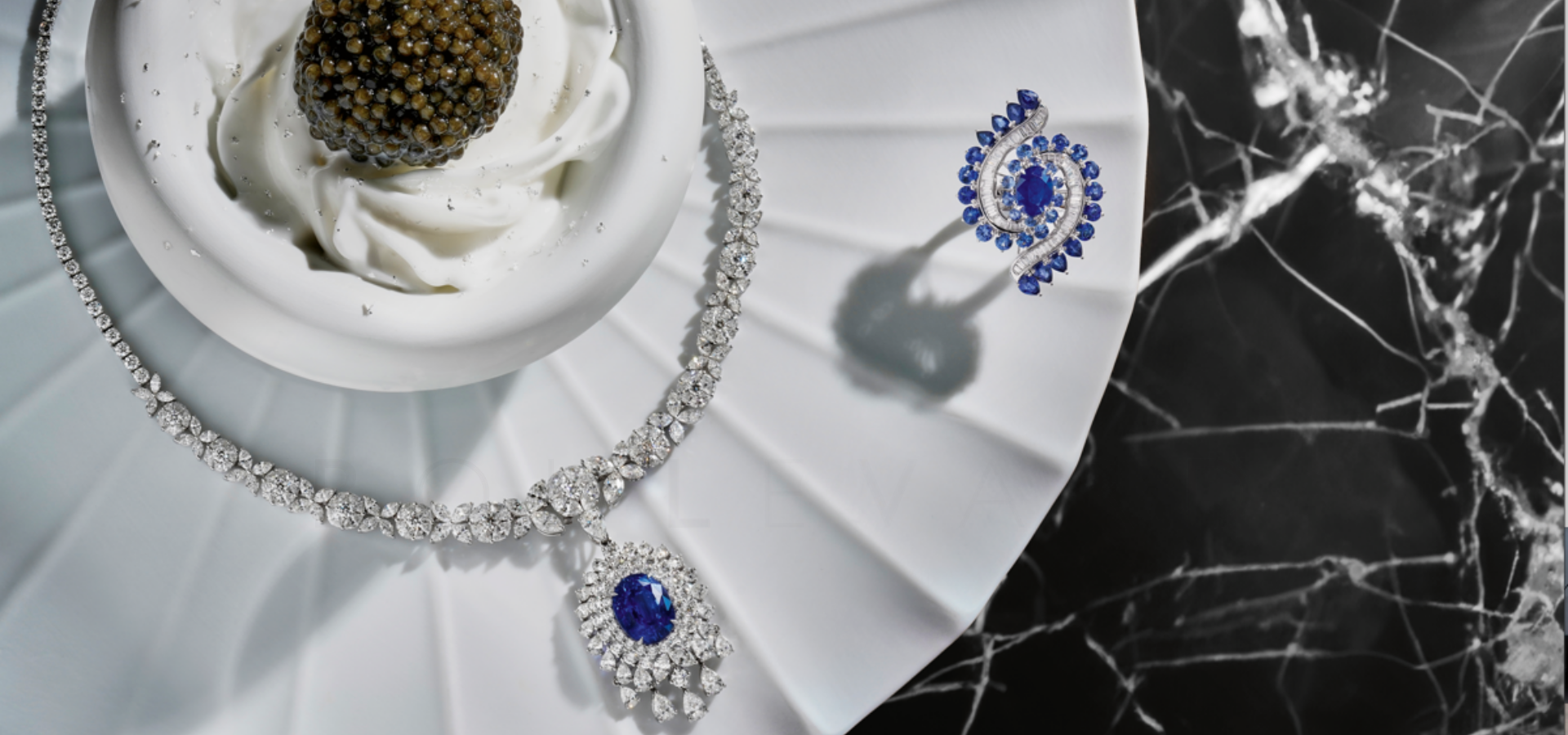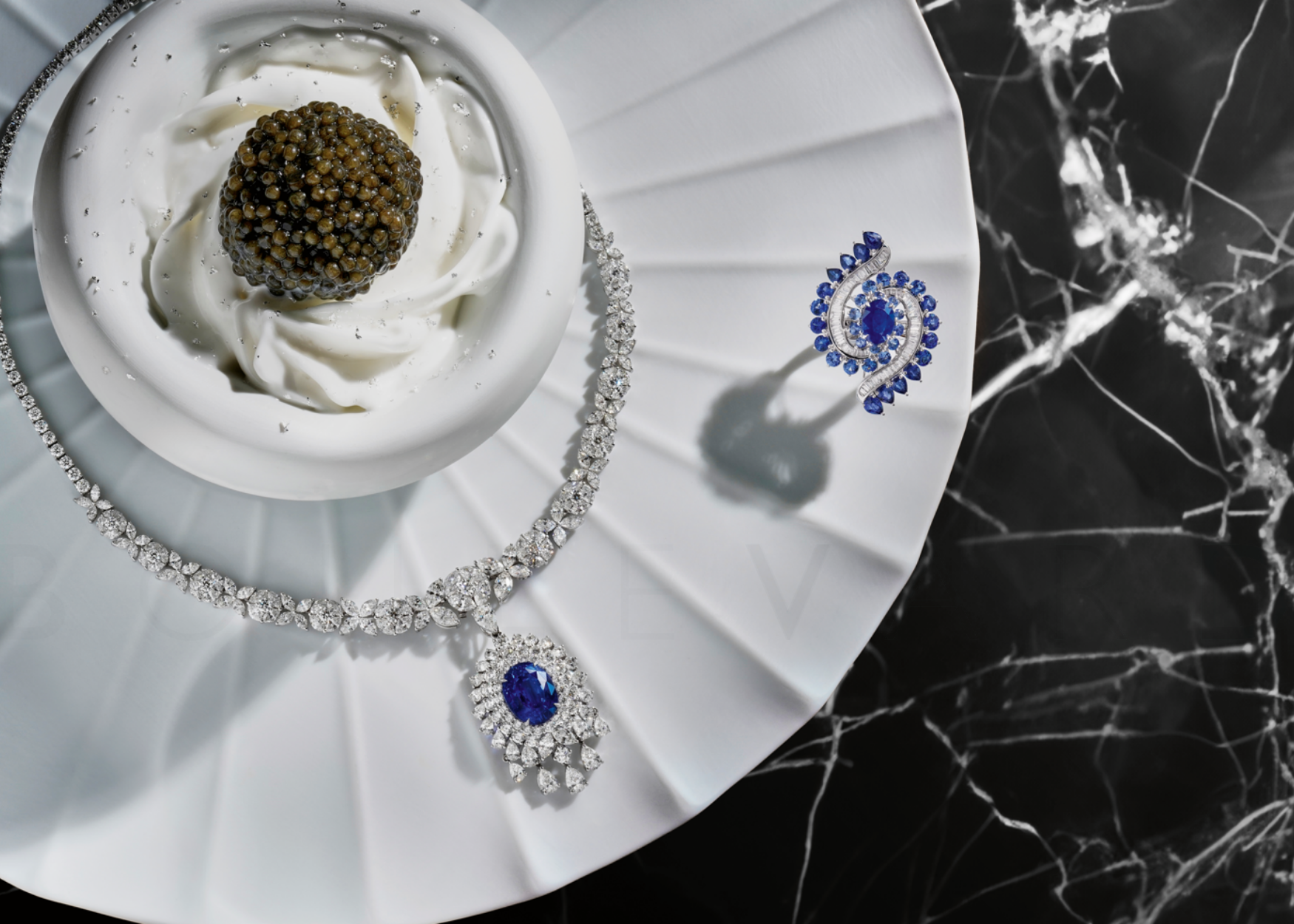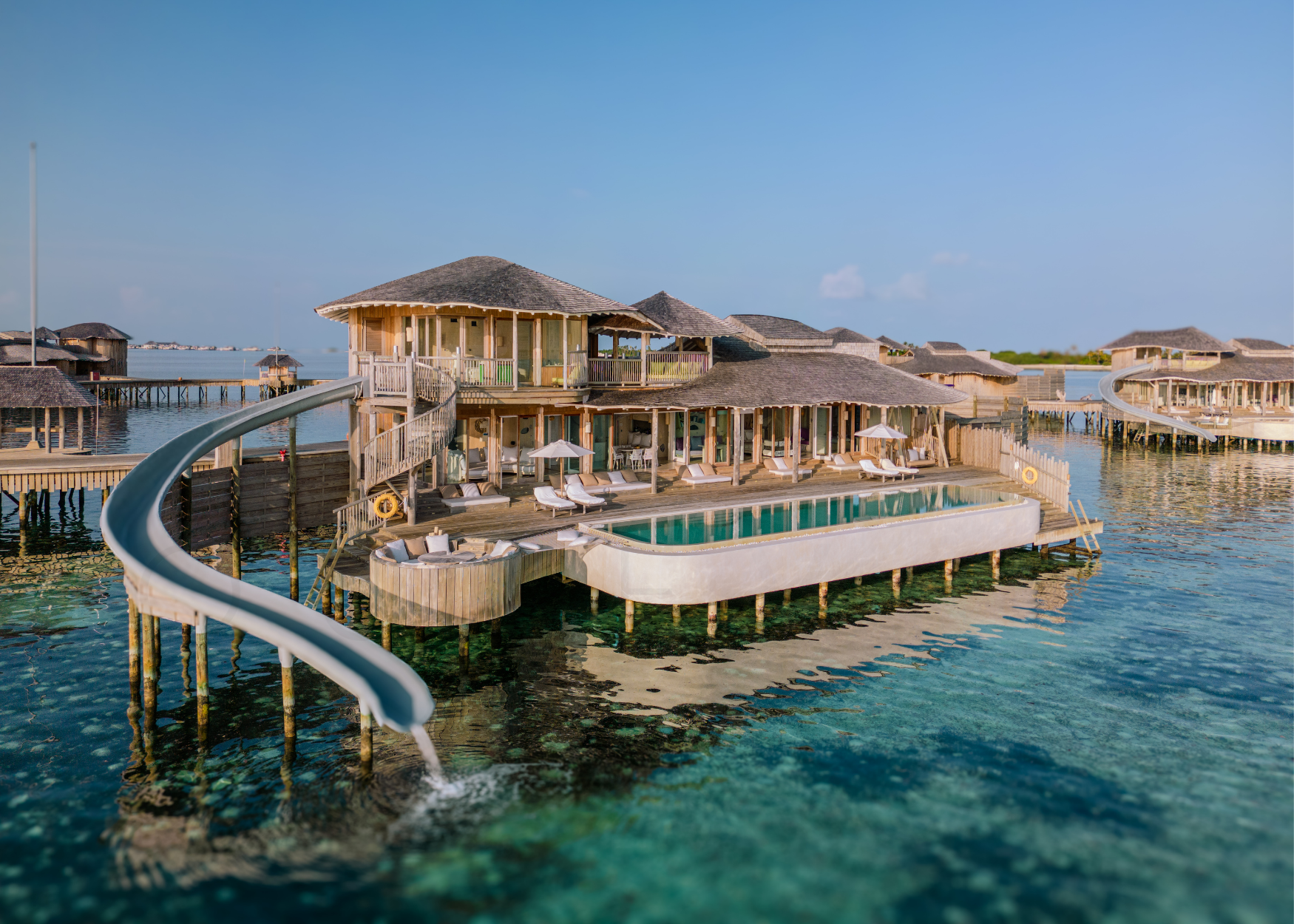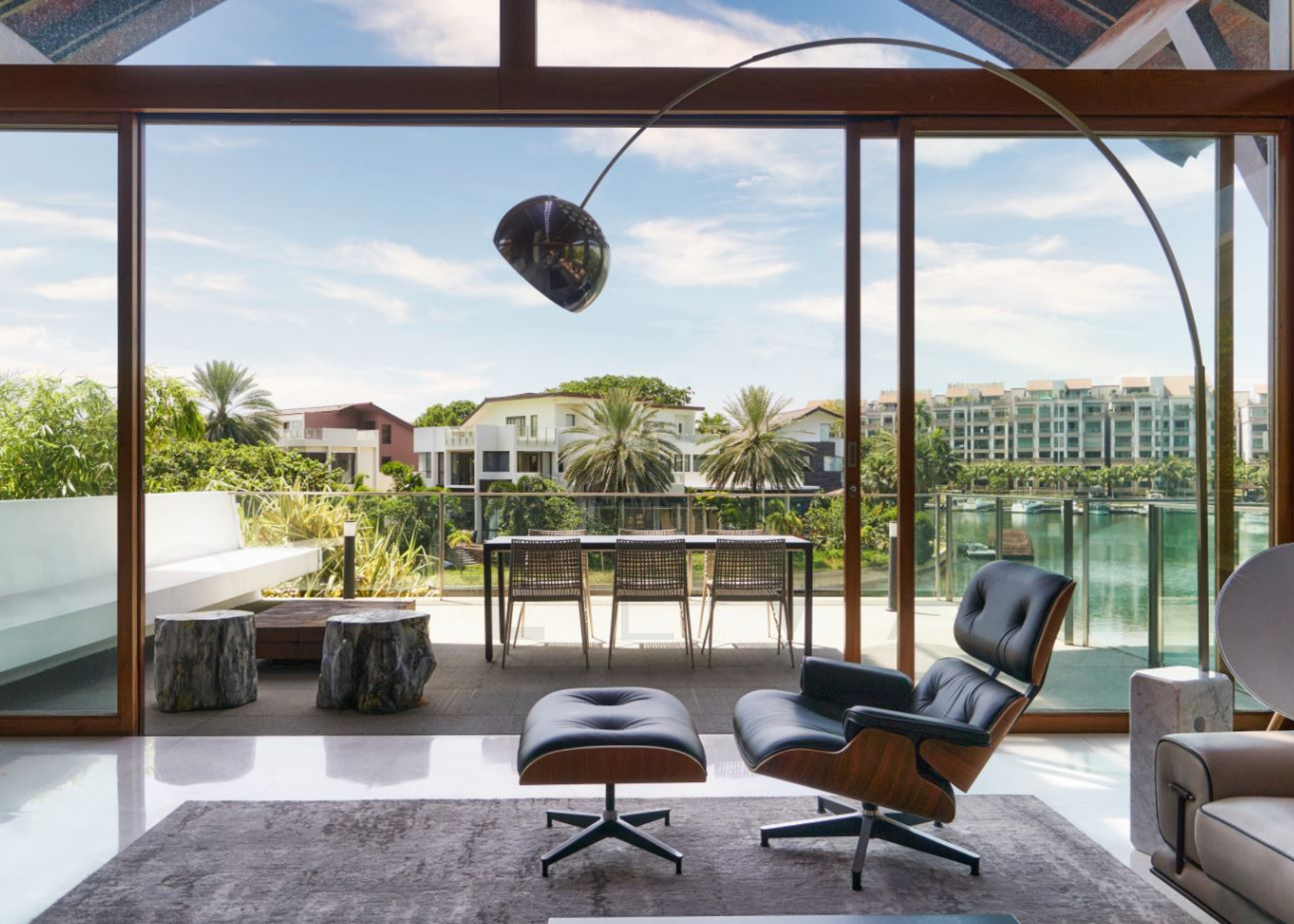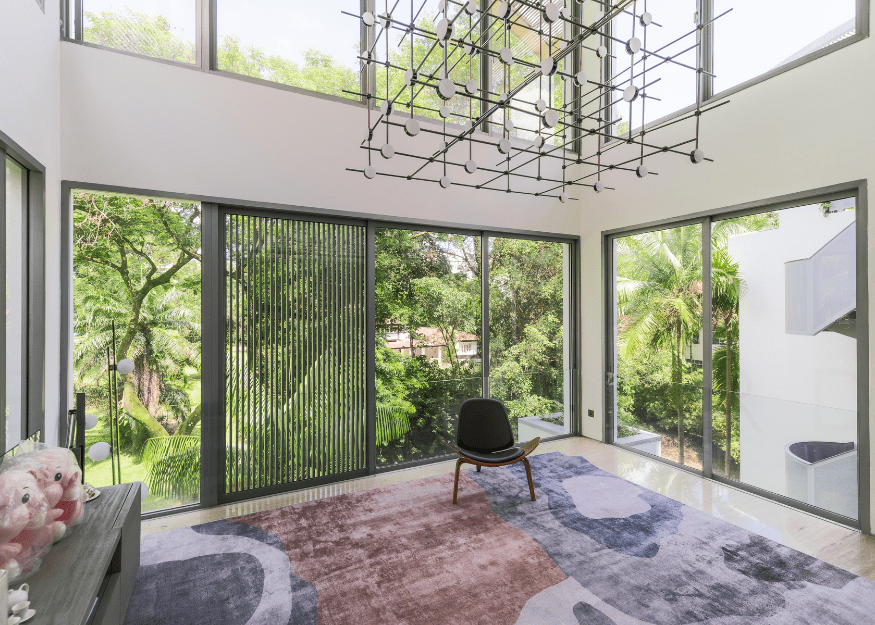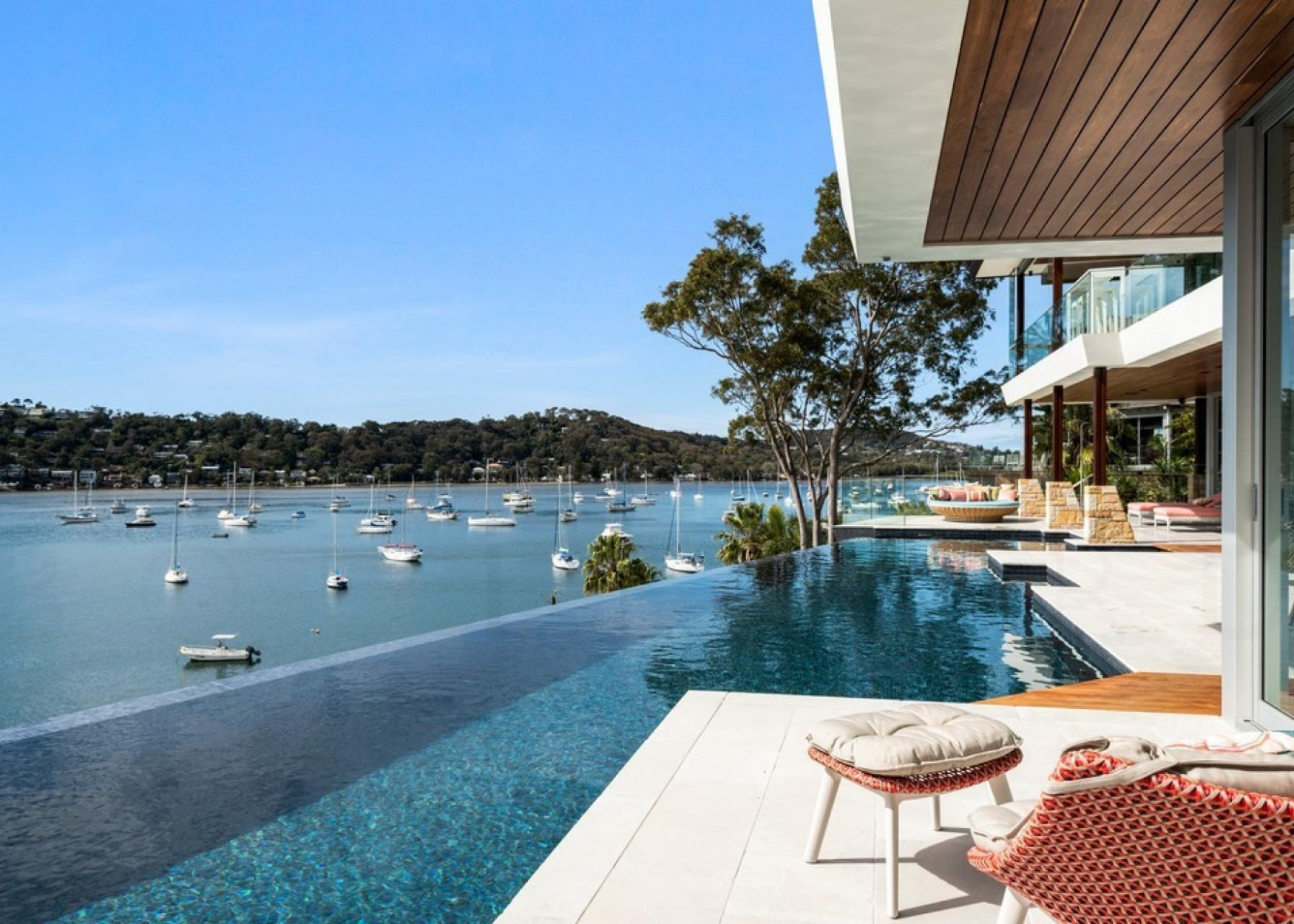Once in a blue moon: Unveiling the allure of blue sapphires
Collectable blue sapphires are becoming increasingly rare, due to depleting mines and a glut of treated stones on the market. Experts reveal the secrets to discerning truly exceptional blue sapphires.
By Karishma Tulsidas
Photography by Kevin Khng
Shot on location at Art Di Daniele Sperindio
“Buying a coloured stone is not like buying a diamond,” declares Aarti Sonawala, a GIA-certified gemmologist and founder of ArtNash. “For diamonds, you can gauge the price on the internet if you have the parameters like the cut, clarity, colour. Of course, there are some hidden factors, but more or less it’ll be accurate. With any other coloured stone, it’s not possible.”
Unlike diamonds, there are no set criteria, like the four C’s, when it comes to buying coloured gemstones. Instead, with stones like blue sapphires, they’re typically gauged by colour names such as ‘cornflower blue’ and ‘royal blue’, which, let’s be fair, are not exactly precise.
“Selecting sapphires is very subjective,” says John Glajz, founder of exclusive jewellery brand Glajz THG. But that doesn’t mean that all blue sapphires are created equal. You can buy a one-carat stone for $5,000, and another for $50,000. So what separates the exceptional sapphires from the not-so-exceptional ones? It’s dependent on colour, clarity, as well as origin.
“There are some colours that tend to do better than others, most notably cornflower and royal blue,” says Glajz.
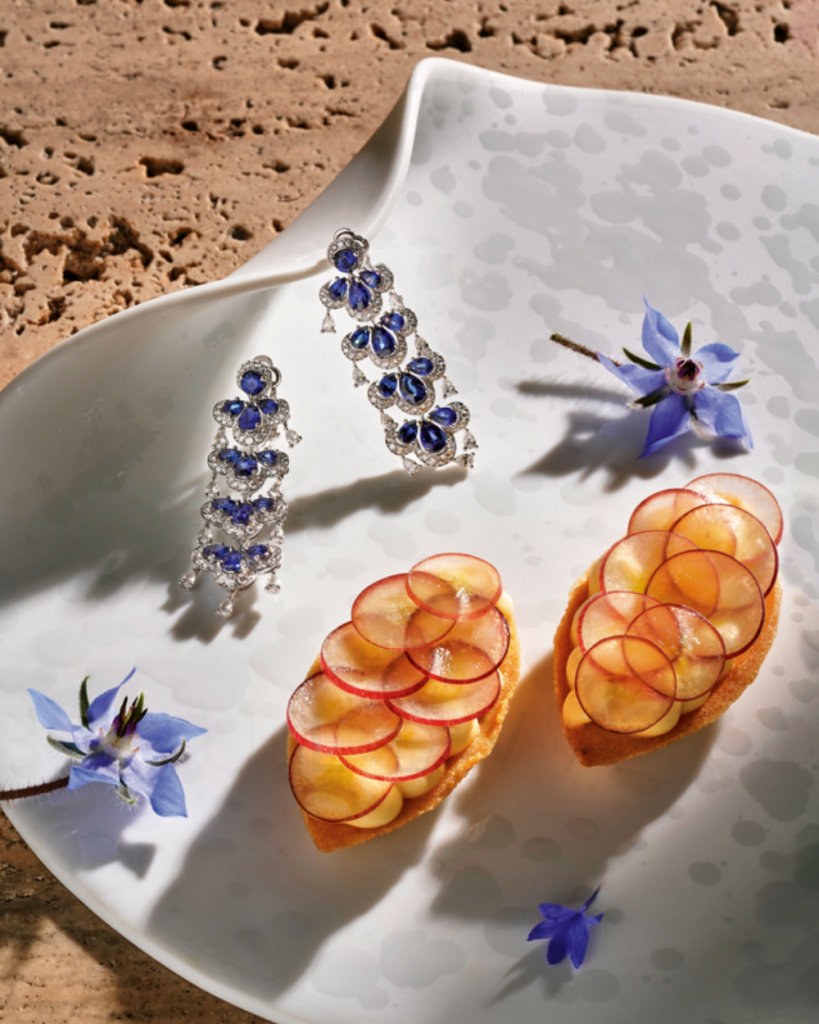
Cristel Tan, international jewellery specialist for auction house Phillips’s Southeast Asian office, explains, “Cornflower and royal blue are considered trade terms that apply to blue sapphires possessing certain characteristics – colour, hue and saturation. If a stone possesses the characteristics that meet the criteria of the grading laboratory, then it could be given these terms to enhance the issuing certificate and the value of the stone.”
If you’re scratching your head and wondering what royal blue looks like, it’s distinguished by a medium to medium-dark tone, sometimes with a violet undertone, with a vivid saturation. Imagine an almost navy-blue hue.
“I guess the fact that the descriptive adjective is ‘royal’ makes it an aspirational factor in demand for a particular gem. Royal blue can only be attributed to a strong ‘maximum’ colour saturation of a particular sapphire,” says Glajz, adding that “royal blue is for the collector and cornflower blue for the jewellery consumer.”

It’s no surprise that cornflower sapphires tend to be favoured by jewellery lovers, as they are typically lighter in hue, and more pleasing to the eye.
Sonawala adds that some people think that the lightness or darkness of the stone determines its value, but “that’s simply not true”. When it comes to selecting colour, it’s important to gauge the saturation and colour distribution – the more even the colour, the better.
Tan adds that one should look for blue sapphires where “the saturation is strong and evenly distributed, and the stone is relatively loupe-clean. Inclusions are normal in sapphires, as well as colour zoning, and these can help gemologists to determine the origin of the sapphires.”
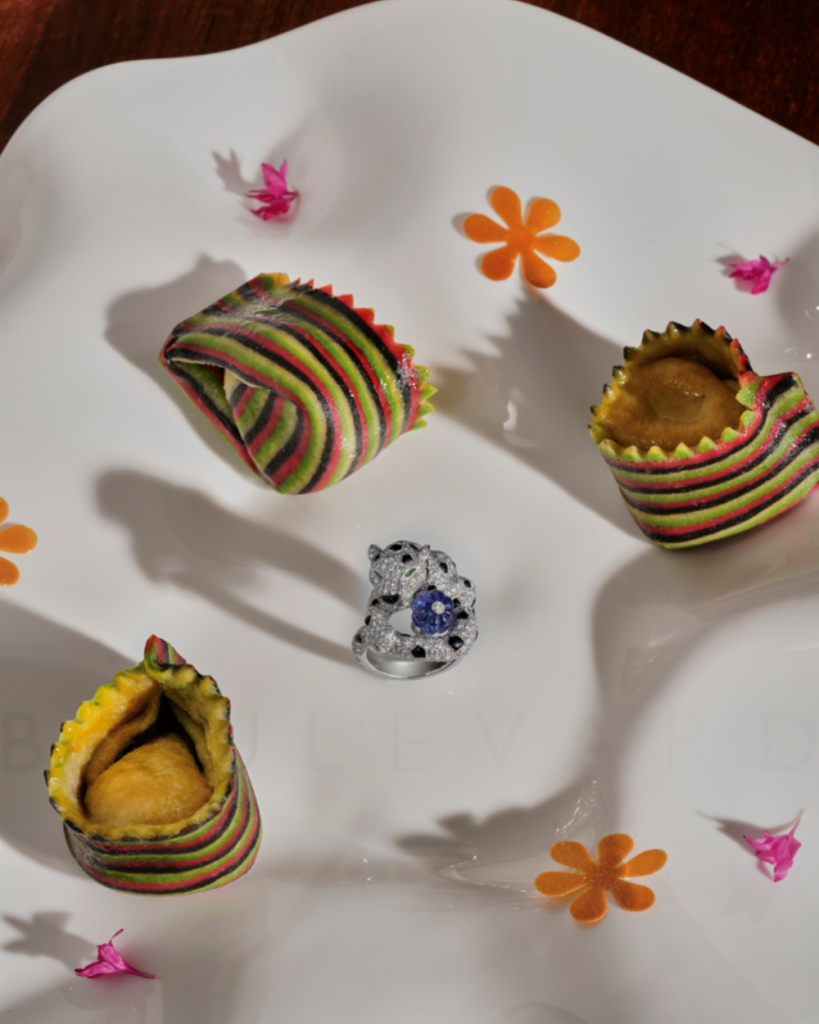
Nevertheless, Tan cautions that one should “consider the stone based on its physical characteristics that personally appeal to the individual, rather than the sought-after trade terms on a certificate. Indeed, the term ‘royal blue’ on a certificate recognises certain quality attributes that a sapphire possesses, but it should not be the defining criterion when considering a stone.”
This brings us to another important consideration: Origin.
Sonawala posits that most sapphires on the market today come from Sri Lanka, and certain types are very rare and collectable.
In fact, one of the most famous blue sapphires in history is from Sri Lanka: Princess Diana’s 12-carat Ceylonese blue sapphire, which was repurposed as Kate Middleton’s engagement ring in 2010 and is a testament to the coloured stone’s enduring appeal.
There are plenty of mines around the world that produce blue sapphires, including Australia, Pakistan and the US, but bona fide collectors will know that Kashmiri sapphires are a cut above the rest. Of course, it helps that the mines in Kashmir have dried up, and hence no new stones have been found in a long time.
But it’s more than just rarity that sets them apart: “Their incomparable colour and distinct soft, velvety appearance created through the silk-like inclusions give Kashmir sapphires their inimitable characteristics,” says Tan.

In May 2023, a Tiffany & Co. Schlumberger ring featuring a 6.26-carat Kashmir sapphire went under the hammer for HK$3,302,000, well above its estimate of HK$2,800,000.
Another prized location is Myanmar, also for the fact that most of its mines have been depleted. “Burmese sapphires of good size and quality are also considered to be rare, as their mining sources have been somewhat exhausted, and they’re more uncommonly brought to the market,” says Tan.
She adds that sapphires from Madagascar have been gaining traction lately, which is a relatively new discovery. The stones can be found in both the north and south of the country, each distinguished by distinct hues. More importantly, there have been some notable discoveries of stones weighing more than 50 carats.
But when it comes to high-quality blue sapphires, it’s still a matter of increased demand, and limited supply.
“There has definitely been an enormous increase in demand for all gemstones, sapphires included,” says Glajz. “We noticed this phenomenon several months after the onset of Covid. Due to the easing of monetary policy exercised by most countries in order to stimulate their respective economies, interest rates were particularly low, and there was an abundance of liquidity around. When this occurs, one always looks towards investment in alternative asset classes such as gemstones, coloured diamonds, art.”

Sonawala argues that sapphires are not terribly rare, but if you’re looking for an excellent stone – that is, blue sapphires in royal or cornflower blue, from a notable origin, and that are untreated – then you might only be looking at one per cent of the output.
As we all know, almost every stone on the market today is heated or treated. While it’s not a deal-breaker for most, it’s something you need to take into consideration if you’re buying for collectability.
Glajz agrees that “the most highly prized stones are the unheated or untreated gems, although traditional heat treatment is acceptable and will achieve a stronger colour and purity at a lower price than an untreated gem.”
For the auction market, however, Tan says, “We are inclined to select natural gem-quality sapphires, that have been spared from any heat treatment or clarity enhancement. This means the colour and hue of the stone has been naturally formed – the appearance is unaltered and hasn’t been enhanced by any intervening treatments.
“These natural sapphires of good quality and size are rarer and more collectible as their sources are increasingly limited and scarce.”
